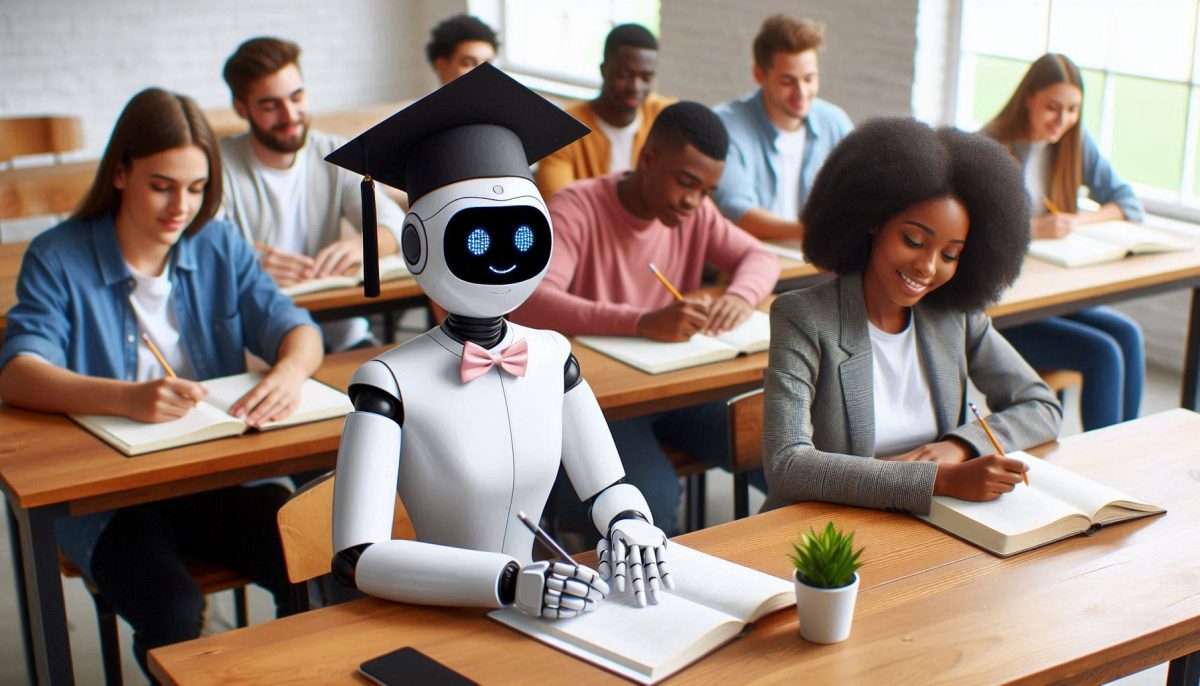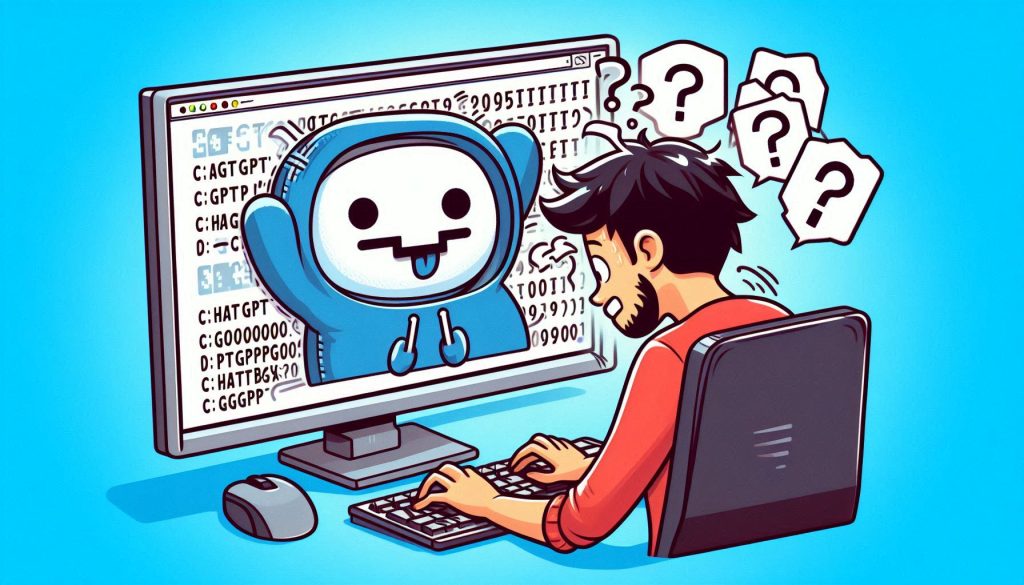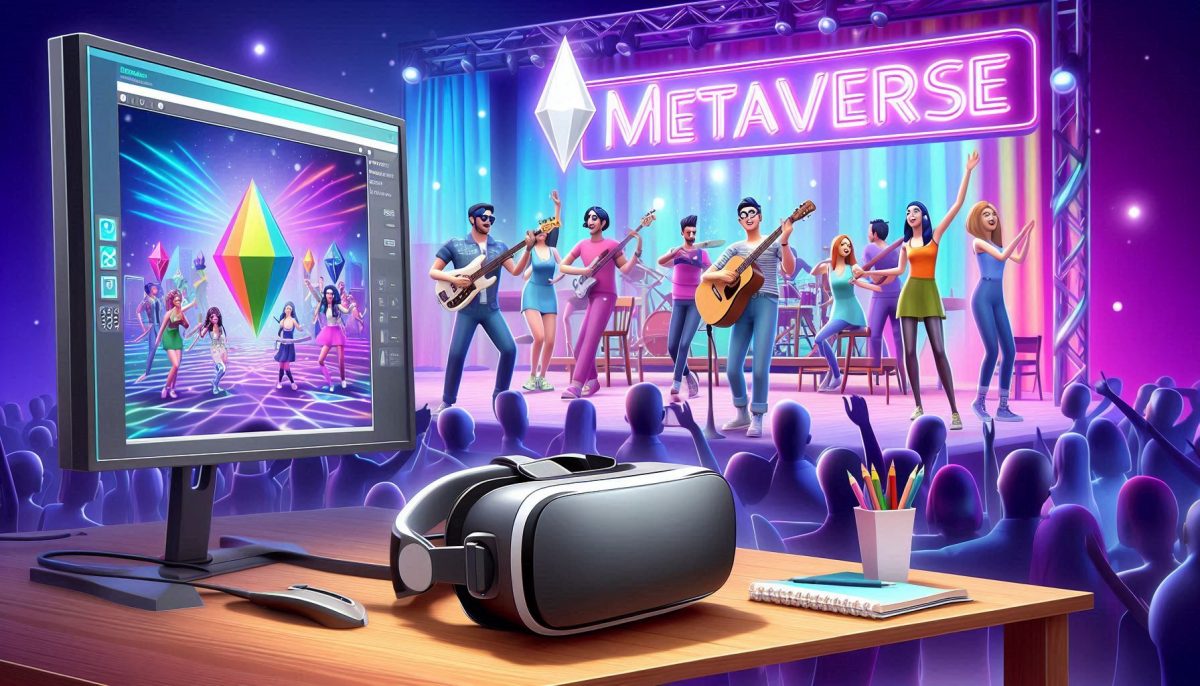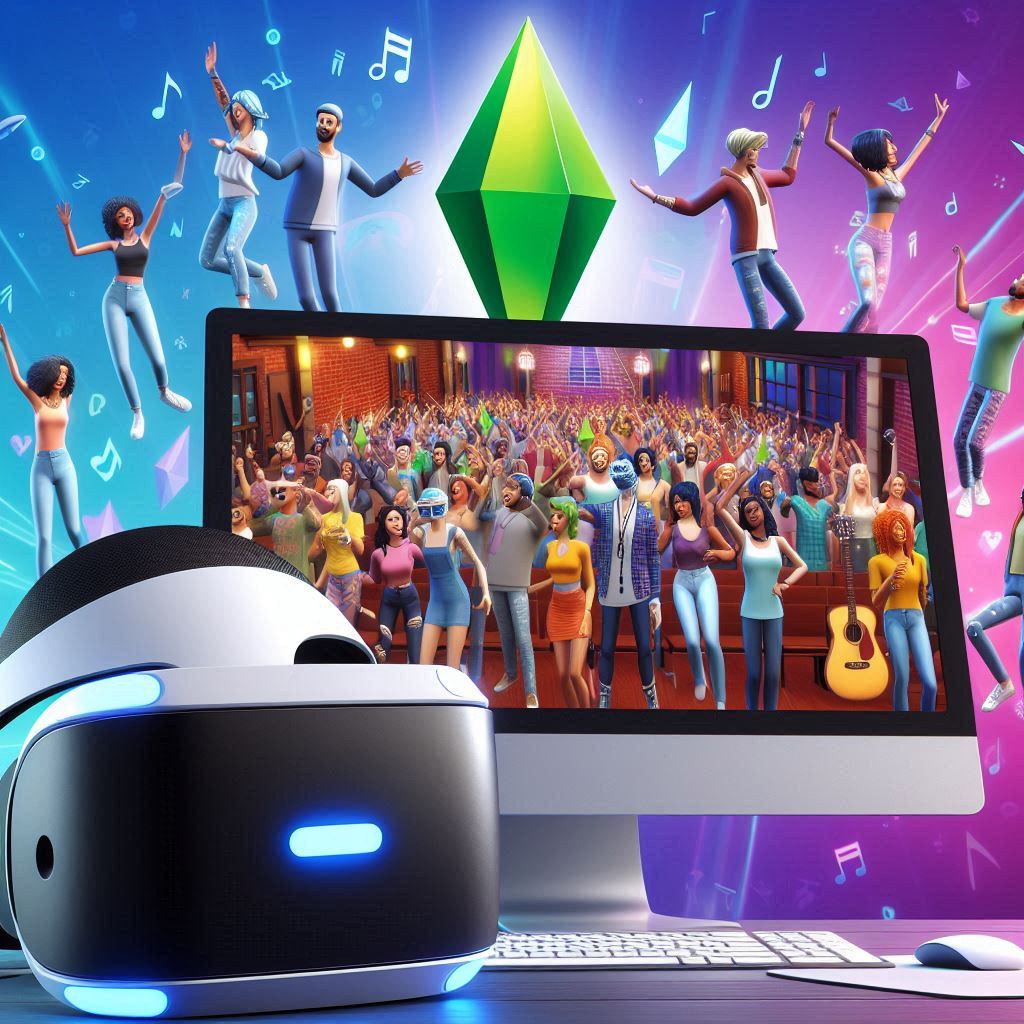(A research and blog by team 9)
Our team looked into how generative AI (GenAI) can change the way students prepare for exams in the Netherlands. By using AI to make learning more personal, we want to improve the way high school students study. This idea led us to create an exciting new e-learning platform called AIndexamen.
The current exam training market
Currently, Dutch high school students have a lot of options when it comes to exam preparations. Companies like Lyceo, SSL and Luzac offer both online and in-person tutoring to students aged 15-19 (Examen Overzicht, 2024). They help students to study in ways to match their learning style, but these services can be expensive and are not always accessible to everyone. One big problem that we found is that the expensive prices make it hard for students from families with a lower income to afford these services. A lot of these platforms rely on technology. This means that students without good internet access can miss out and with so many competitors, it is tough for cheaper alternatives to stand out.
Gen AI to the rescue
Our research shows that students learn better when lessons are tailored to their needs (Das, Malaviya, & Singh, 2023). This is where GenAI comes to the rescue. AI can analyse how a student is doing in real time and give them exercises that focus on the areas they struggle with (Williams, 2023). This way encourages students to stay more motivated and more likely to succeed. AI is a big help for teachers too. It can handle tasks like grading and automatically tracking the progress of the students (Shulman, 2024). This way the teachers have more time to focus on helping students one-on-one.
AIndexamen: A new way to learn
In order to solve these issues, we created AIndexamen. It’s a learning platform powered by GenAI. AIndexamen is designed to give students a more engaging and personalised learning experience. Some of the key features include:

- Personalised exercises: AI looks at the strengths and weaknesses of each student to create study tasks that match what they need to learn.
- Visual learning: AI-generated videos turn difficult subjects into easy-to-understand animations to make learning more fun.
- Real-time feedback for teachers: Teachers get instant updates on how students are doing to help them plan lessons and support students better.
AIndexamen is built to grow and change easily. It can be used by schools or by individual students and it has a free version along with a paid for more advanced tools.
Facing challenges and looking forward
Even though AIndexamen is a great step forward, it still has to deal with issues like data privacy, acceptance of AI technology, AI bias, keeping up with changes and handling growth and scale. The plan is to handle these problems by keeping data secure and training people to use the platform smoothly. To avoid AI bias, algorithms will be regularly checked for fairness to ensure equal opportunities for all students. A dedicated team will monitor new trends and incorporate user feedback to keep AIndexamen improving. Finally, to manage the increase in users, cloud services will make sure the platform runs efficiently, especially during exam periods.
In the future, AIndexamen aims to go beyond Dutch high schools and reach universities and students around the world. By always improving by listening to the users, the plan is to create a platform with high-quality and personalised learning that is available to everyone.
AIndexamen is leading the way in changing how students prepare for exams using Gen AI. By focusing on what each student needs and helping teachers with time saving tools, it is ready to make a big impact in education. The goal is simple: to make learning easier, personalised and available for everyone
References
Examen Overzicht. (2024, October 17). Alles over examentrainingen (2025 update). Retrieved October 17, 2024, from ExamenOverzicht.nl: https://www.examenoverzicht.nl/examen-informatie/voor-het-examen/examentraining
Das, A., Malaviya, S., & Singh, M. (2023, August). The Impact of AI-Driven Personalization on Learners’ Performance. International Journal of Computer Sciences and Engineering, 11(8), 15-22.
Williams, J. (2023, December 7). Visual Learning: Effective Strategies and Best Practices. Retrieved September 19, 2024, from Instructure: https://www.instructure.com/resources/blog/visual-learning-effective-strategies-and-best-practices
Shulman, A. (2024, January 23). AI in Education: How Artificial Intelligence Can Empower Teachers & Students. Retrieved September 19, 2024, from TeachingTomorrow: https://teachingtomorrow.co.uk/news/ai-in-education-how-artificial-intelligence-can-empower-teachers-students/





